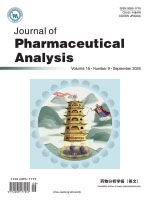2017 Vol. 7, No. 5
Display Method:
2017, 7(5): 271-279.
Abstract:
2017, 7(5): 280-287.
Abstract:
2017, 7(5): 288-296.
Abstract:
2017, 7(5): 297-302.
Abstract:
2017, 7(5): 303-308.
Abstract:
2017, 7(5): 309-316.
Abstract:
2017, 7(5): 317-323.
Abstract:
2017, 7(5): 324-331.
Abstract:
2017, 7(5): 332-337.
Abstract:
2017, 7(5): 338-342.
Abstract:
2017, 7(5): 343-347.
Abstract:



